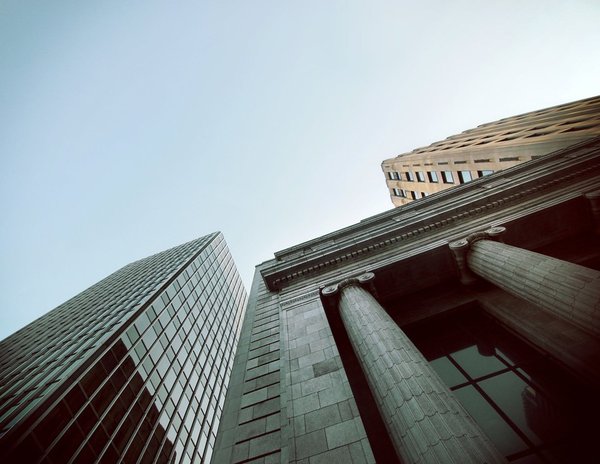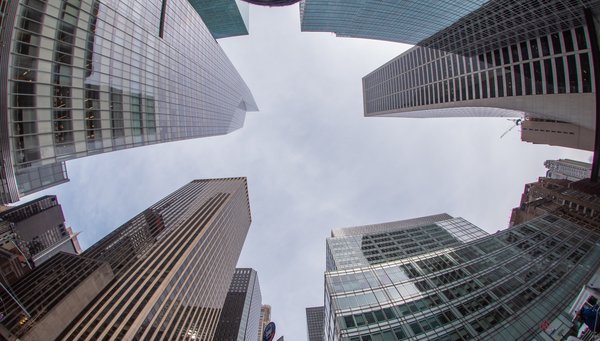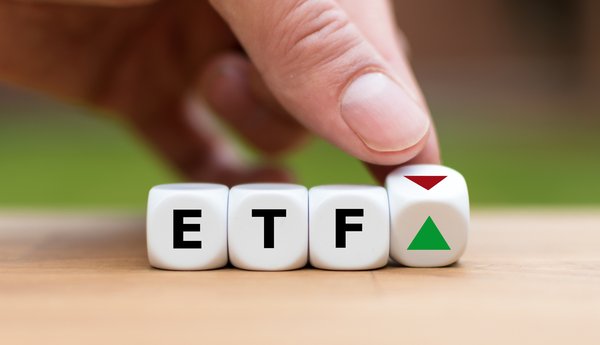The best time to buy cheap bank stocks is often when others are selling. Banking is a cyclical industry, heavily affected by the ups and downs of the economy. After all, people and businesses tend to borrow money to make purchases when times are good and their cash flows and bank balances are up. Conversely, they are more likely to deplete their savings (drawing down bank deposits) and struggle to make debt payments when times are tough.

Most investors know this. Smart investors know this too, but they also know when their fear-selling peers have thrown the baby out with the bathwater, creating an opportunity to buy solid banks for cheap prices.
What do we mean by cheap, exactly? There are a few ways to value banks to help find the ones that are trading for cheap prices. Two useful metrics are the trusty price-to-earnings (PE) ratio and price-to-book ratio. Use them together, with a little bit of studying the quality of the banks themselves, and you can find those cheap banks worth buying and the ones that are cheap for a good (bad) reason.
3 best cheap bank stocks
3 best cheap bank stocks
Again, cheap is a relative term, and just because a bank stock is cheap, that doesn't mean it's worth buying. For it to be one of the best cheap bank stocks, it should also be a high-quality business, with stable deposits, solid profitability, and a history of conservative, low-risk lending that generates good net interest income and margins. If it also earns a good stream of fee-based income from other financial services, even better.
Here are three in particular that make the grade as some of the best cheap bank stocks of 2024:
| Bank name | Market cap | Description |
|---|---|---|
| Bank of America (NYSE:BAC) | $263 billion | One of the "Big Four" US mega-universal banks |
| U.S. Bancorp (NYSE:USB) | $63 billion | The fifth-largest U.S. bank |
| Central Pacific Financial (NYSE:CPF) | $510 million | Hawaii-based commercial bank |
1. Bank of America
Bank of America
The second-largest bank in the U.S. by assets, Bank of America ended the first quarter of 2023 with $1.9 trillion in assets, trailing only JPMorgan Chase (JPM 0.06%) by assets. It's also a transformed business over the past dozen years under CEO and Chairman Brian Moynihan.
Coming out of the 2008-09 global financial crisis, BofA, as it's colloquially known, was a mess. A combination of poor lending practices internally, and those that it inherited with several significant acquisitions, would lead to tens of billions of dollars in fines, legal fees, and settlements that plagued it for years. But since working through those issues and getting the venerable bank back on solid footing, it's become arguably the best-run bank in the U.S.
It also has one of the strongest low-cost deposit bases of any bank. In the first quarter of 2023, it paid an average 0.12% yield on consumer deposits, while it earned a net interest yield of 2.85%, excluding global markets.
Despite this strength, investors have not been kind to BofA's shares, sending them down 41% from the highs of early 2022, on a combination of recession fears and the March 2023 failures of Silicon Valley Bank and Signature Bank. At recent prices in late April 2023, shares traded for 92% of book value and 8.5 times expected 2023 earnings. Simply put, these are heavily discounted prices for one of the best-run banks in the world.
2. U.S. Bancorp
U.S. Bancorp
Unlike Bank of America, U.S. Bank came through the financial crisis relatively unscathed. The U.S. Treasury made a major investment in it via the Troubled Asset Relief Program (TARP) in November 2008, but U.S. Bank had repaid all $6.6 billion of preferred stock and repurchased warrants held by the Treasury by July 2009, only eight months after those investments were made.
It has continued to be one of the best-run banks in the 14 years since, reimplementing its dividend in 2011 and now earning almost 38% more net income than it did in its pre-financial crisis peak.
It's also seen its share price fall sharply from its high in early 2002, with shares down almost half from the peak. At recent prices, they trade for less than 1.1 times book value and only seven times expected 2023 earnings.
Yes, there are real concerns about its results -- and of BofA's, along with every other bank, if we do see a recession in 2023. Still, a long-term investment -- three-plus years at least -- at these prices has a very high probability of not just making money, but outperforming the stock market.
Financial Institution
3. Central Pacific Financial
Central Pacific Financial
While BofA and U.S. Bank are two of the largest, most geographically diverse banks in the U.S. that are part of a half-dozen that dominate American banking, Central Pacific Financial does almost all of its business in Hawaii. It's one of four banks in Hawaii -- none a U.S. mega-bank -- that dominate the banking scene in the state.
It's leveraged its strong base of business to pay a steady dividend that it has more than tripled over the past decade, while reserving a portion of its earnings to fund growth initiatives. This includes Shaka, its recently-launched online bank, which is growing deposits from younger Hawaiians (and mainlanders) without poaching from its core Central Pacific Bank depositors. It also launched a "Banking as a Service" business in recent years, acting as the behind-the-scenes bank for fintech companies that need a banking partner but don't want to become banks themselves.
Central Pacific also trades for a discount to book value, about 0.94 times, and 7.1 times 2023 earnings. There is some risk here, with a larger mix of low-yield mortgage and mortgage-backed securities in its lending portfolio that could weigh on its profits if depositors push for higher yields. But if you're willing to take on some risk, the potential rewards could prove very appealing, with its 6.6% dividend yield and strong local banking franchise.

















